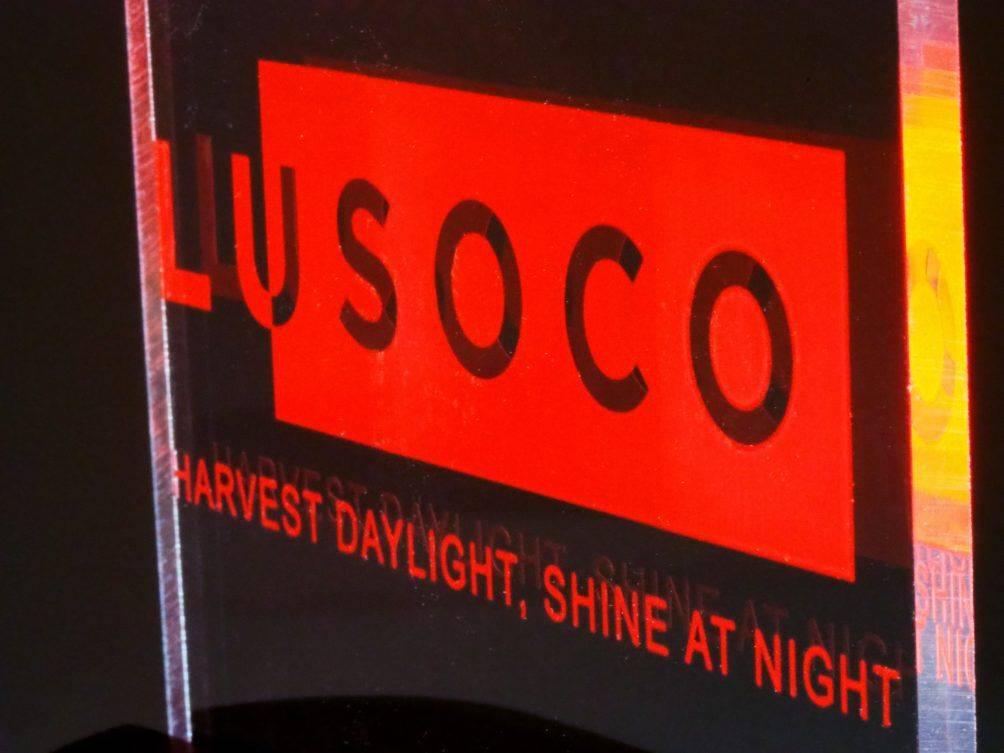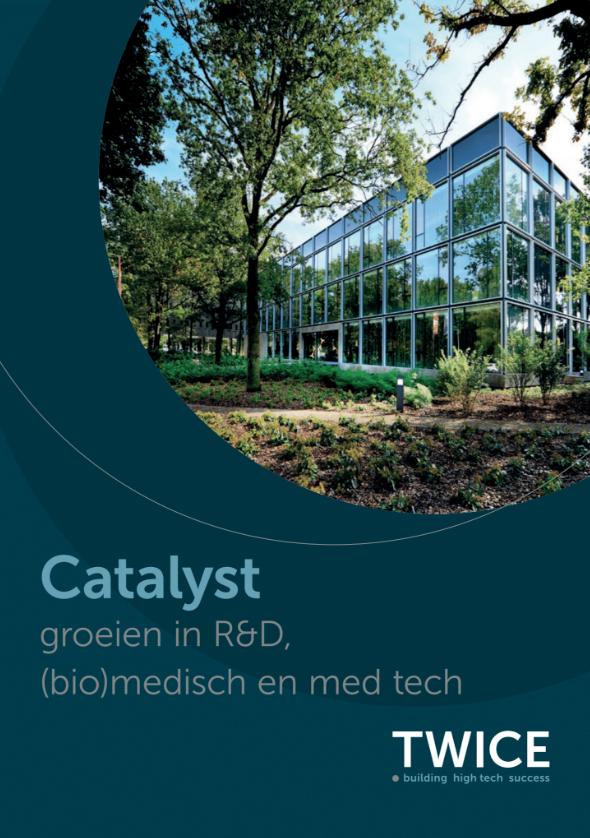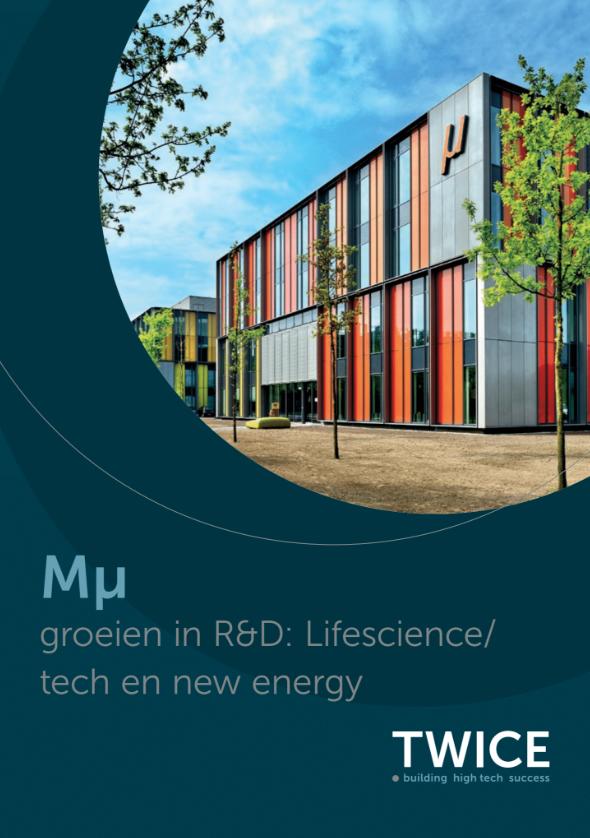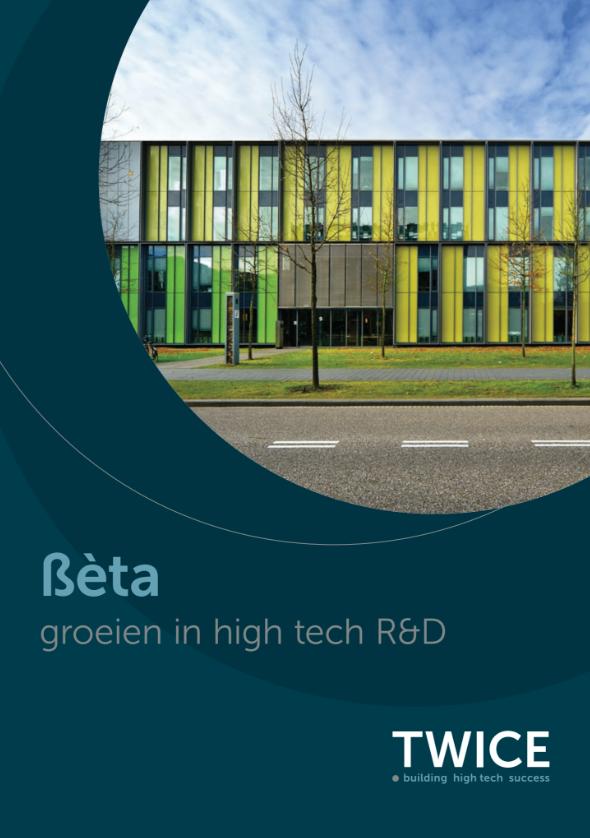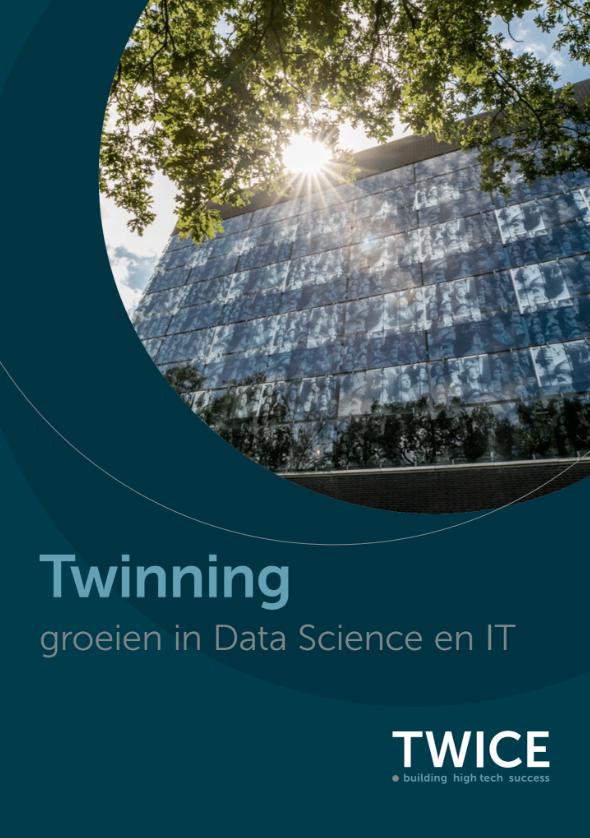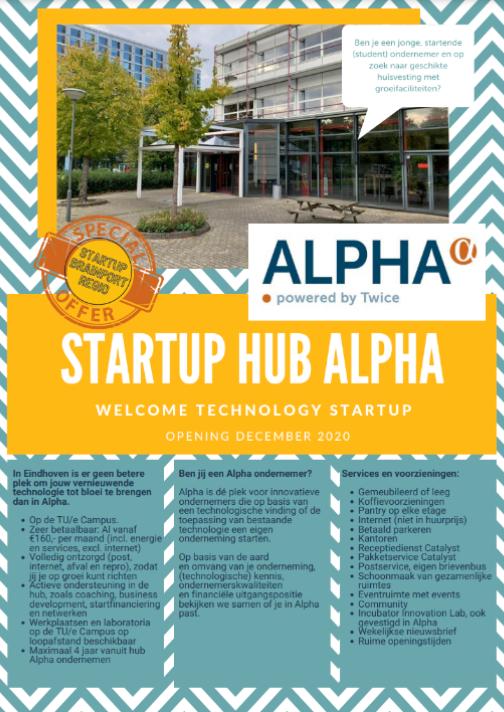A billboard that consumes no energy yet lights up in the dark. This almost magical technology is what start-up Lusoco is bringing to market.
Innovation Origins wrote this article about it.
"Our technology is going to complement current printed, illuminated communications," said Jeroen ter Schiphorst, Chief Technology Officer and co-founder at Lusoco. The company is initially targeting sustainable billboards. After all, these consume a considerable amount of energy, some three hundred to six hundred kilowatt hours per piece annually. "We are of course increasingly using renewable energy, but our demand for energy will also increase substantially in the coming years, for example due to the rise of electric cars," Ter Schiphorst explains. "All the energy that we don't or don't have to generate, saves again anyway."
Energy generating image
The billboards targeted by Lusoco are made of a sheet of glass or plastic with fluorescent inks. "A similar principle we see in the green, luminous stars that children used to often have hanging above their beds. Only the ink on us with glow as soon as the light goes out," he says. The fluorescent particles in the inks absorb light, either from the sun or from artificial lighting. As a result, the ink glows. The absorbed light is transported to the side of the glass via waveguiding. "This is actually the same principle as with Internet through a cable, only now we are not using a round cable but a flat plate," says Ter Schiphorst. This creates a concentrated light beam on the side of the plate. "On that we then put a narrow, self-designed solar cell," he continues. "That way the image can generate energy."
The solar cell in turn is connected to a battery that stores the energy generated during the day for use at night. Then LED lights shine on the side of the glass. "Because the ink itself glows, the contrast with the background is greater than if you shine light on or behind a billboard," Ter Schiphorst says. That makes the sign more visible at lower energy consumption.
Competing with solar panels
The idea used to be that Luminescent Solar Concentrators, the technology Lusoco is working with, could completely replace solar cells. A window or a piece of plastic could then generate energy. "Only the efficiency of solar panels is much higher which keeps it more interesting in terms of cost," Ter Schiphorst outlines. "That's why we focus on selling products that also consume the generated energy again. This way we no longer have to deal with the price of energy, but we make applications possible that were not possible before."
Inventing the wheel
Ter Schiphorst and his associate Teun Wagenaar set up Lusoco four years ago as a spin-off from Eindhoven University of Technology (TU/e). They focus mainly on the technical parts of the product, such as the fluorescent ink and electronics. "In the Netherlands, about two thousand companies operate in the advertising market. If we really want to get off the ground in that, we need a large marketing and sales team. In order to then be able to sell the products all over the world, a distribution center would also be needed," Ter Schiphorst outlines. "We don't want that. That is why we are putting our efforts into offering the technology to large parties in the market so that we can work together. They already have the channels for marketing and distribution and we can really contribute something with our technical knowledge."
Pilot Project
The first billboards have already been installed in Eindhoven. This is as a pilot project so the company can further test the technology. "We have already put up some signs. We are now working with a party to also produce this on a large scale," he says. With this, Ter Schiphorst wants to test the scalability of the technology. "We offer the technology and the knowledge to this party. So the boards are all through one customer, not many separate customers," he continues.
Emergency Exit
In addition to the practical development of the first billboards, Lusoco is also looking at new applications of the technology. "We can also create images on glass that are (virtually) invisible. We can then have these illuminated, for example, in the event of an emergency." Ter Schiphorst is thinking, for example, of emergency exit signs or indicators on car windows. "Emergency exit signs often hang high and are therefore less visible in case of smoke. We could possibly glow arrows on windows to indicate an escape route." Lusoco approaches this application with the same business case. "We don't want to sell individual signs but rather connect with manufacturers of current emergency exit signs," he says.
Marriage with investor
Ter Schiphorst expects the company to run completely independently by 2026. "In recent years we have worked with several convertible and subordinated loans, for example from the Brabant Startup Fund and Rabobank," he says. "We are now looking for an investor to take the next steps. For example, with our lauching customer of billboards and tapping into new markets." Ter Schiphorst believes it is important to find an investor who really fits the company. "We are looking for an investor who understands chemistry and new materials and wants to work with us to exploit new opportunities," he says. "It's almost like a marriage you enter into with an investor," he laughs. "It's really very important that there is a good match."
Ter Schiphorst hopes that in 10 years he will see billboards with Lusoco's technology back on the streets around the world. "I didn't think during my education that I would become an entrepreneur," he says. "But I did know early on that I didn't want to work for a big company. I really wanted to make my own mark on society." Through several meetings with entrepreneurs, including his business partner, Ter Schiphorst dared to take the plunge. "We tested the technology on a small scale in the laboratory and then applied it on a large scale. That way we can really have a positive impact on society."
